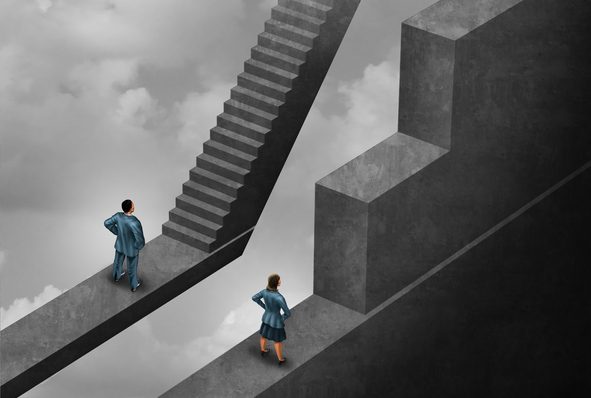Peer Review and Gender | Lex Academic Blog

Male academics outnumber their female counterparts as authors, journal editors and peer reviewers, including in the humanities and social sciences, where women are better represented than in other disciplines. This impacts significantly on women’s career progression at a time when this depends heavily on research activity and outputs. It is also something of a vicious circle. If women publish less, then they are less likely to be perceived as having the necessary credibility to become editors or reviewers. Consequently, they are less likely to be given the research time needed to publish more. In this post, we will provide an overview of the issues and debates in research on gender bias in peer review.
It is widely acknowledged that in all disciplines there is a gender publication gap. As Dawn Langan Teele and Kathleen Thelen’s study of ten top-tier political science journals shows, the lower percentage of female authors does not simply reflect the gendered composition of the discipline – in other words, there are disproportionately fewer articles by women. Although women represent 39% of assistant professors and 33% of associate professors, less than 20% of the articles published in the American Journal of Political Science between 2000 and 2015 were by women. The study also shows that women are disadvantaged by co-authorships and by a relative lack of qualitative research, in which women are more likely to participate, in these journals.
To what extent is the peer review process responsible for these issues? Flaminio Squazzoni and colleagues postulate in their recent research into this question that previous studies were inconclusive because they could not account for all the steps in peer review that could lead to gender bias or for the effect of different peer review systems. It is easy to see, for instance, how single-blind peer review, in which the reviewer knows the identity of the author, could cause discrimination. Squazzoni and colleagues found that, despite the fact that women are under-represented as authors, editors and reviewers, female-authored submissions had a greater likelihood of success. This implies that factors other than peer review are responsible for the gender publication gap. Based on previous research, Teele and Thelen point out that women submit work less frequently than men and speculate that this is a form of self-selection bias caused by a ‘“second” face of power – that is, the idea that lack of contestation often reflects not the absence of power, but instead anticipated reactions and limited prospects for success. In other words, some women may choose not to target certain journals because they expect rejection.
While greater diversity in the editorial and peer review process may help to increase female representation in traditionally male-dominated journals, a study by Markus Helmer and colleagues suggests that it will not resolve the wider problem of gender bias. This, they argue, is because both male and female editors display same-gender preference when selecting reviewers and because this is likely to continue even if numerical parity is achieved. This points to the existence of much subtler causes of gender bias and the need to raise awareness of them. If obstacles to female participation at all levels of academic publishing stem from a series of overlapping biases, academics in the humanities and social sciences, whose research is often connected in some way to intersecting notions of social, cultural and political power, have a vital role to play in elucidating and resolving these issues.
Be notified each time we post a new blog article